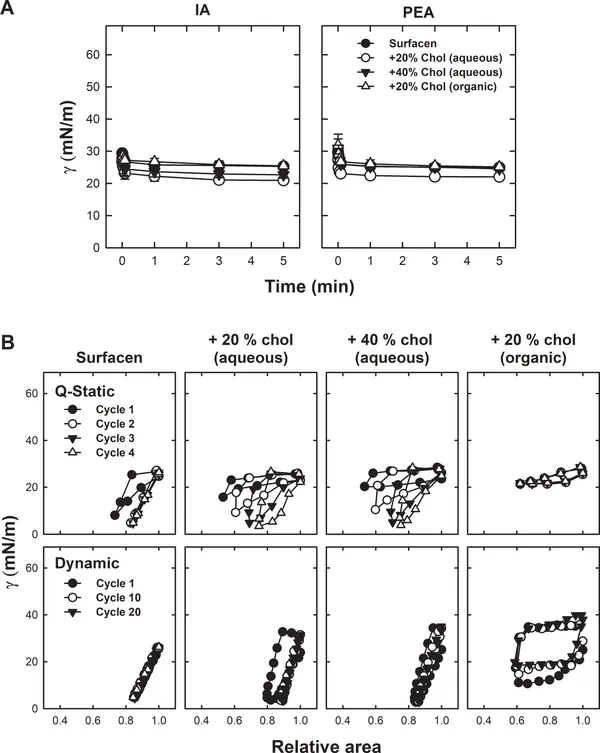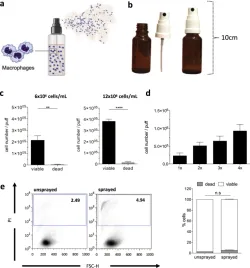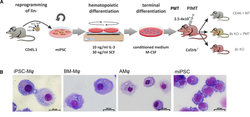Lugones, Y., Blanco, O., Lopez-Rodriguez, E., Echaide, M., Cruz, A., Pérez-Gil, J.: PLoS ONE. 2018;13(9):e0204050.
To access the full article, click here:

Inactivation of pulmonary surfactant by different components such as serum, cholesterol or meconium contributes to severe respiratory pathologies through destabilization and collapse of airspaces. Recent studies have analyzed in detail how the interfacial properties of natural surfactant purified from animal lungs are altered as a consequence of its exposure to serum proteins or meconium-mobilized cholesterol. It has been also demonstrated that pre-exposure of surfactant to polymers such as hyaluronic acid provides resistance to inactivation by multiple inhibitory agents. In the current work, we have extended these studies to the analysis of Surfacen, a clinical surfactant currently in use to rescue premature babies suffering or at risk of respiratory distress due to congenital lack of surfactant. This surfactant is also strongly inhibited by both meconium and serum when tested in the captive bubble surfactometer (CBS) under conditions mimicking respiratory dynamics. As it occurs with native surfactant, Surfacen is markedly protected from inhibition by pre-exposure to hyaluronic acid, confirming that clinical surfactants can be improved to treat pathologies associated with strongly deactivating contexts, such as those associated with lung injury and inflammation. Remarkably, we found that, under physiologically-mimicking conditions, a cholesterol-free clinical surfactant such as Surfacen is less susceptible to inhibition by cholesterol-mobilizing environments than cholesterol-containing natural surfactant, as a consequence of a markedly reduced susceptibility to incorporation of exogenous cholesterol.




